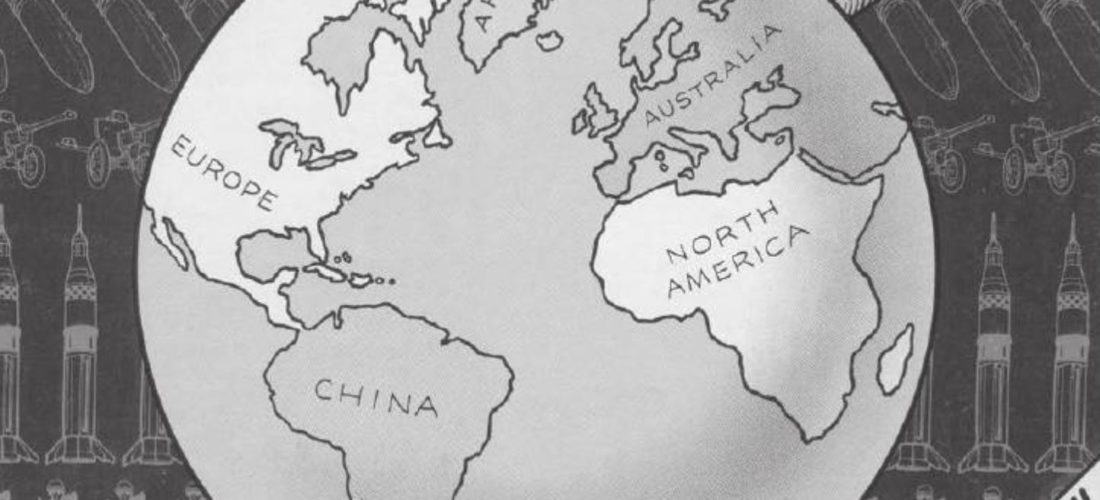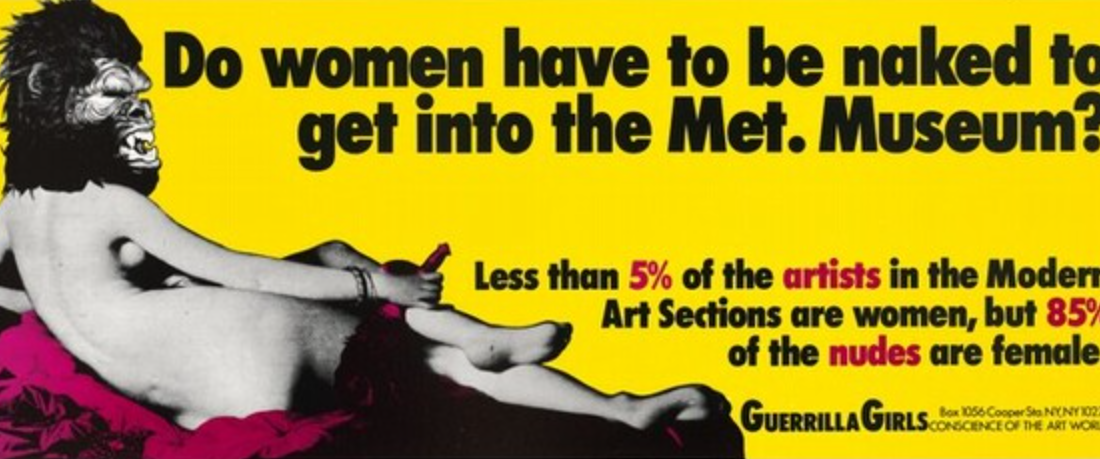“The Revolution Will Not Be Televised” is a poem and song by Gil Scott-Heron, from his 1971 album Pieces of a Man. The title of the song was a popular slogan among the Black Power movements in the US, emphasizing that progress requires intentional action and comes at the expense of the status quo.
You will not be able to stay home, brother
You will not be able to plug in, turn on and cop out
You will not be able to lose yourself on skag and skip out for beer during commercials, because
The revolution will not be televised
The revolution will not be televised
The revolution will not be brought to you by Xerox in four parts without commercial interruptions
The revolution will not show you pictures of Nixon blowing a bugle
And leading a charge by John Mitchell, General Abrams, and Spiro Agnew
To eat hog maws confiscated from a Harlem sanctuary
The revolution will not be televised
The revolution will not be brought to you by the Schaefer Award Theatre
And will not star Natalie Woods and Steve McQueen or Bullwinkle and Julia
The revolution will not give your mouth sex appeal
The revolution will not get rid of the nubs
The revolution will not make you look five pounds thinner, because
The revolution will not be televised, brother
There will be no pictures of you and Willie Mae pushing that shopping cart down the block on the dead run
Or trying to slide that color television into a stolen ambulance
NBC will not be able predict the winner at 8:32 on report from 29 districts
The revolution will not be televised
There will be no pictures of pigs shooting down brothers on the instant replay
There will be no pictures of pigs shooting down brothers on the instant replay
There will be no pictures of Whitney Young being run out of Harlem on a rail with a brand new process
There will be no slow motion or still lifes of Roy Wilkins
Strolling through Watts in a red, black, and green liberation jumpsuit that he has been saving for just the proper occasion
Green Acres, Beverly Hillbillies, and Hooterville Junction will no longer be so damn relevant
And women will not care if Dick finally got down with
Jane on Search for Tomorrow
Because Black people will be in the street looking for a brighter day
The revolution will not be televised
There will be no highlights on the eleven o’clock news and no pictures of hairy armed women liberationists and Jackie Onassis blowing her nose
The theme song will not be written by Jim Webb or Francis Scott Keys
Nor sung by Glen Campbell, Tom Jones, Johnny Cash, Engelbert Humperdinck, or The Rare Earth
The revolution will not be televised
The revolution will not be right back after a message about a white tornado, white lightning, or white people
You will not have to worry about a dove in your bedroom, the tiger in your tank, or the giant in your toilet bowl
The revolution will not go better with Coke
The revolution will not fight germs that may cause bad breath
The revolution will put you in the driver’s seat
The revolution will not be televised
Will not be televised
Will not be televised
Will not be televised
The revolution will be no re-run, brothers
The revolution will be live




























